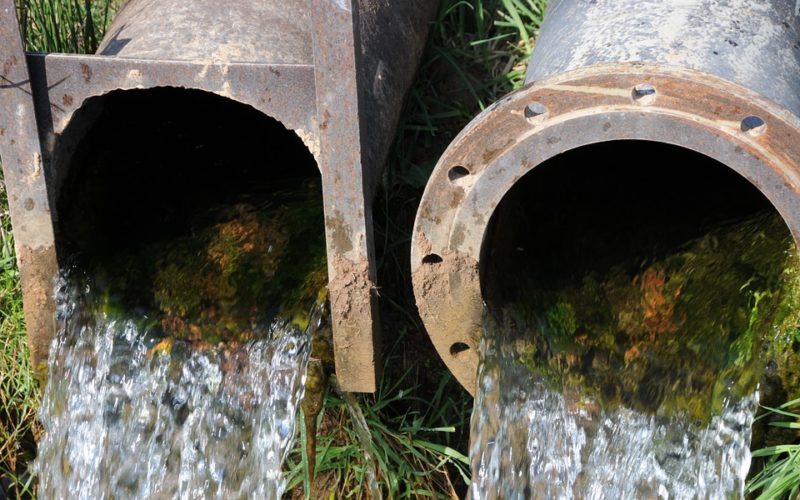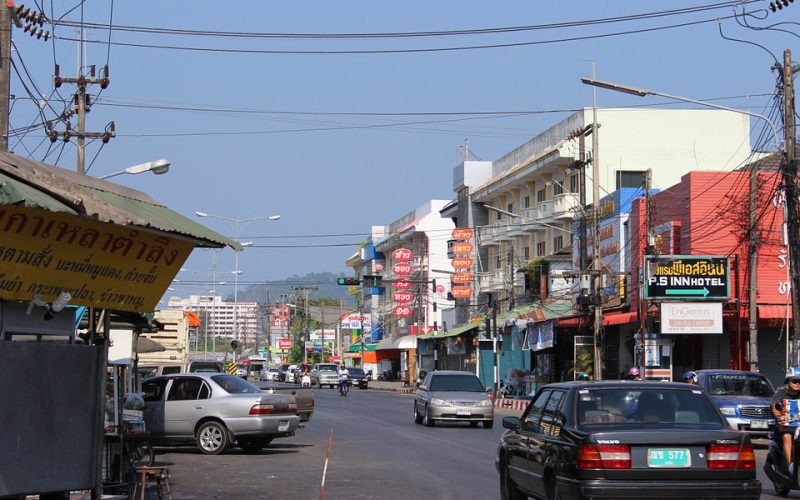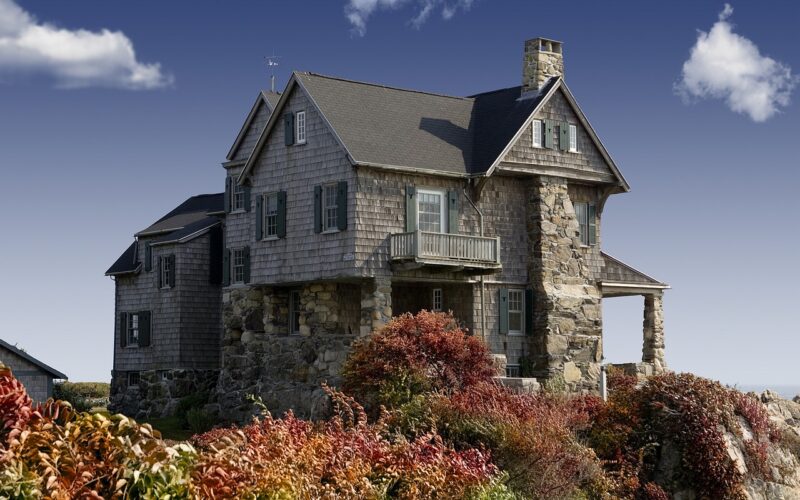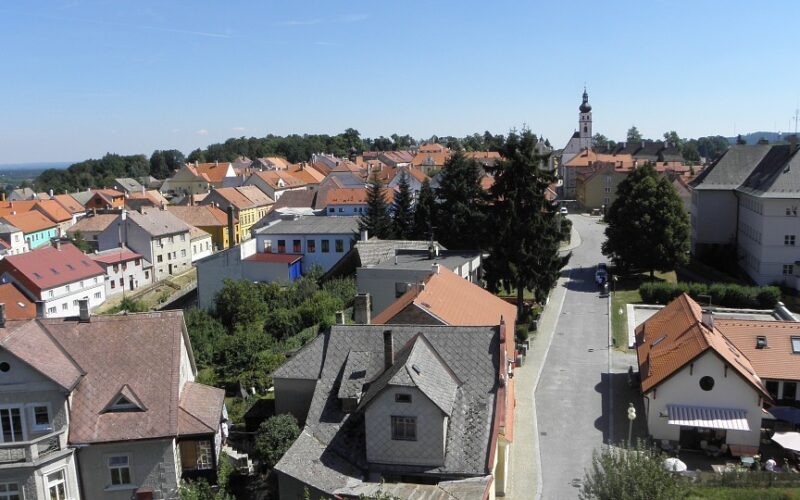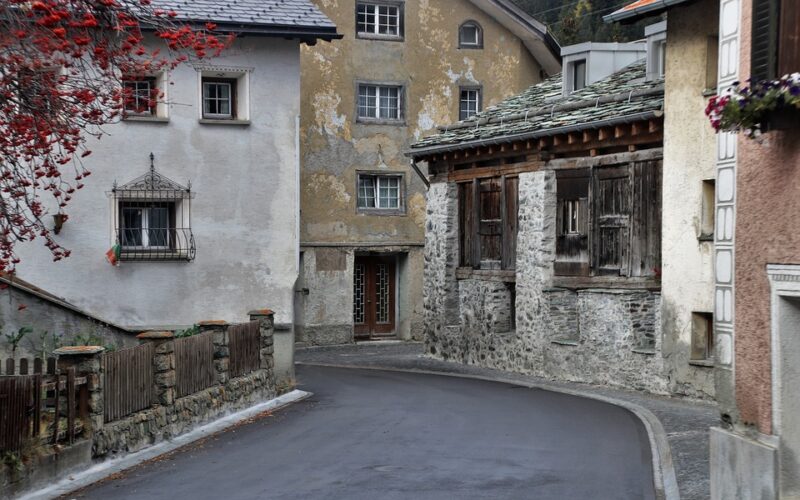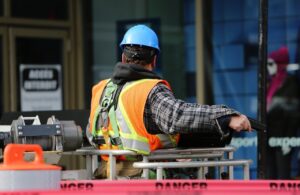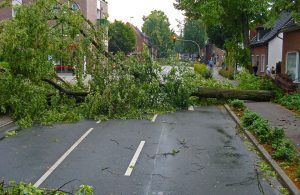When many communities were built, there was nothing in the immediate area. Drainage issues did not exist, or at least it took time before they appeared. Small subdivisions were often built on the outskirts of town with insufficient drainage, but that was easily fixed when there were only a few of them. Villages eventually grew into towns, and then into cities, and the ability to deal with excess water became a major issue in many communities. Reworking drainage has become par for the course in many small communities to stop local flooding during heavy rains and other major weather events.
It might appear that a subdivision being built on the north side of town should not create flooding on the south side, but that is often what occurs when heavy rains or fast snow melts are added into the equation. The water running out of one area will travel to the lowest ground around, and there is nothing to stop it from traveling for miles in small rivulets. This is how ground flooding occurs when the rain has not been too bad in one area but it affects the surrounding community.
Stopping this type of flooding can be very difficult, and it often involves adding in swales and extra drainage along roads. Ditches can be dug on the sides of roads, and aggregates can then be added to help funnel the water in a better direction. Swales are more or less water storage areas that help keep water from traveling too far, and it can seep slowly into the local area. These are both heavy construction solutions, but they have worked well in many areas.
Flooding is one of the most expensive types of disasters to hit homes and businesses, and alleviating it is important for economic reasons. People can be trapped in their homes by flooding, and rescue operations can be difficult and dangerous when waters rise high. Communities with these issues often work hard to solve them as they crop up to save lives, homes, and businesses.
